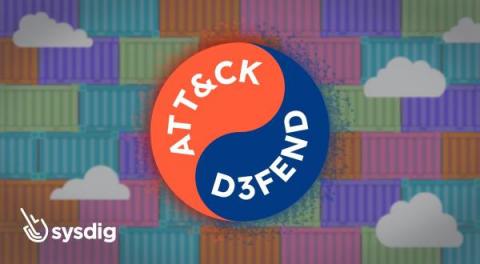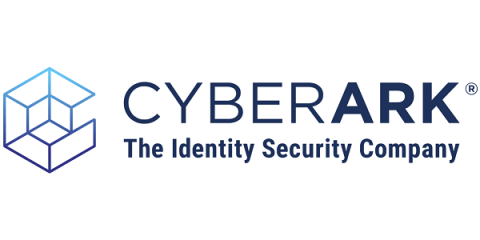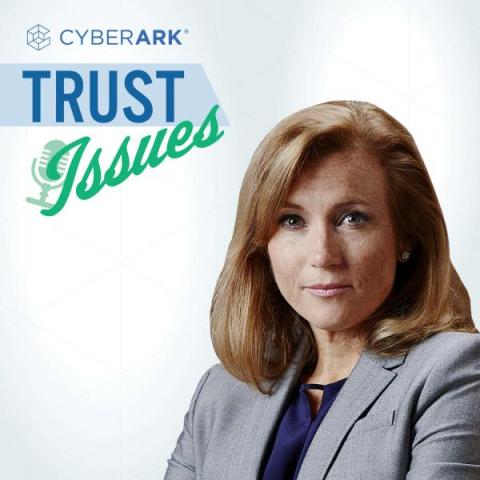Trustwave Government Solutions Named Palo Alto Networks Cortex XMDR Specialization Partner
Trustwave Government Solutions (TGS), a wholly-owned subsidiary of Trustwave Holdings, Inc., which supports the public sector with market-leading Managed Detection and Response (MDR) cybersecurity services, has achieved Palo Alto Networks Cortex eXtended Managed Detection and Response (XMDR) Specialization.










